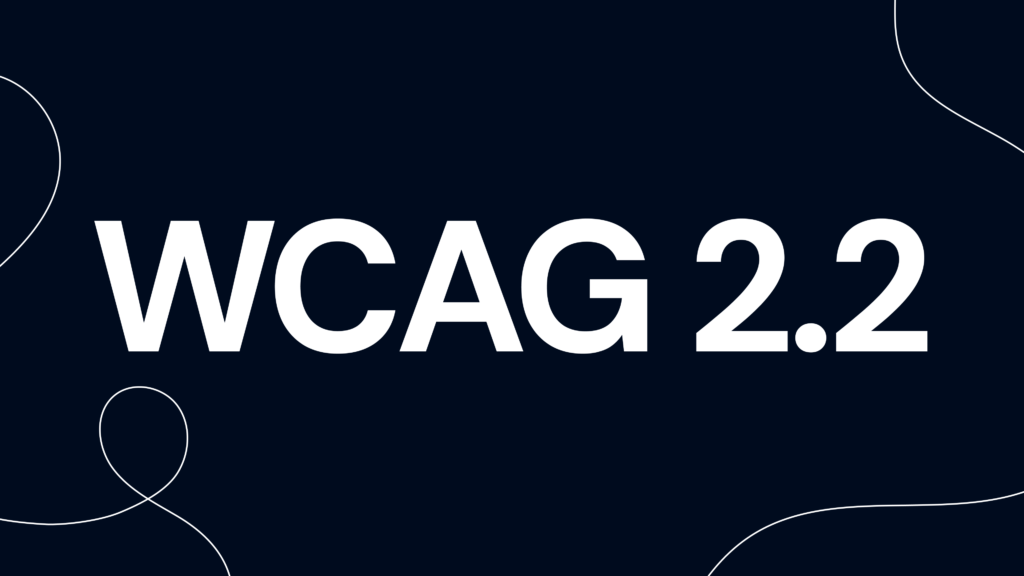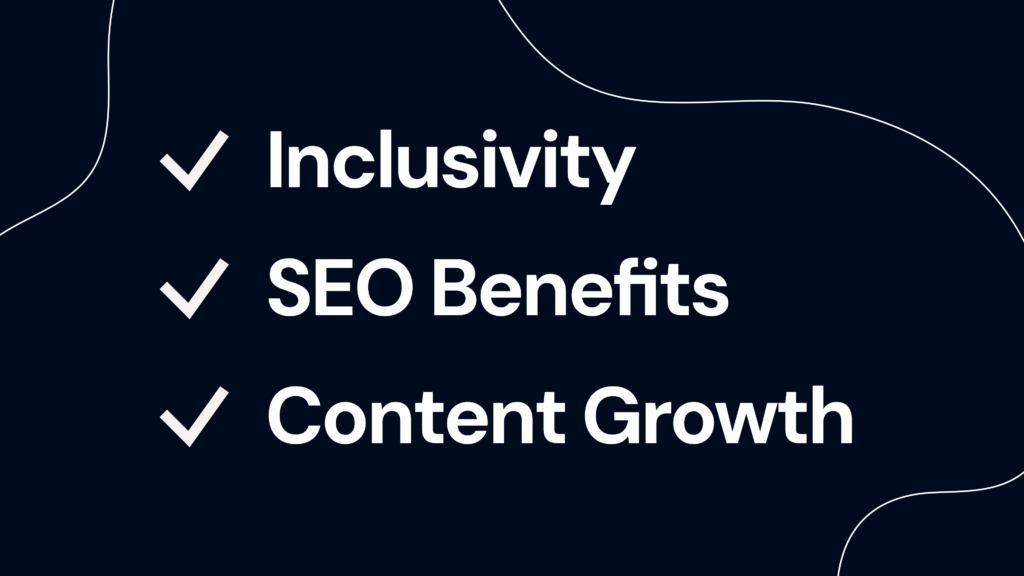14/03/2025 by Cite
Is Your Website Ready for the New Accessibility Regulations?

Web accessibility isn’t just about ticking boxes for the sake of compliance. It’s about creating an inclusive digital experience for everyone. And with new regulations coming into effect on June 28, 2025, now is the perfect time to ensure your website is in line with the latest (and upcoming) standards and regulations.
What’s changing?
The European Accessibility Act (EAA) will require all websites accessible in the EU, regardless of where the company is based, to comply with the Web Content Accessibility Guidelines (WCAG) 2.1 AA standard at a minimum.
It is important to note the word ‘minimum’. The new WCAG 2.2 standard, released in late 2023, is quickly becoming the benchmark for digital accessibility. Even if your site was built to WCAG 2.1 standards in 2018, it may now need adjustments to meet WCAG 2.2.

Why does this matter?
The regulations affect your site’s usability, performance, and potentially your site rankings.
✅ Inclusivity – Ensuring your website is accessible means creating a better experience for all users, including those with disabilities.
✅ SEO Benefits – Search engines prioritize accessible websites, so if you don’t make every effort to ensure your site is classed as accessible you may well lose some of your organic ranking.
✅ Content Growth – As websites evolve, accessibility elements (like alt text, ARIA labels, and keyboard navigation) can get overlooked, making updates essential.

Our perspective
Balancing aesthetics, brand identity, accessibility, and performance is one of the biggest challenges in digital design. Our feeling is that accessibility and beautiful, high-performing websites do not have to be mutually exclusive, both can (and should) coexist in digital experiences.
The key is knowing where (and when) to be meticulous and where to be pragmatic. It’s essential to be meticulous about the fundamentals such as clear navigation, keyboard accessibility, text contrast, and alt text. This is because these impact user experience.
For more nuanced areas like animations or bespoke interactive features, a pragmatic approach means ensuring that content remains usable and makes sense even without these elements. For example, videos should include voiceovers or captions to ensure the content is accessible for people with visual or hearing impairments. Often overlooked is the fact that hover animations should not be the only method of revealing content, and carousels should be accompanied by manual navigation options.
A question we always try to ask ourselves: ‘Is this feature enhancing the visual experience without being essential to understanding or interacting with the content?’
How to stay compliant
The best way to ensure your website is ready for these changes is through an accessibility audit. Our team can review your site, identify areas for improvement, and implement the necessary updates to ensure your site remains compliant. Investing in accessibility isn’t just about legal compliance, it’s about making the web a better place for everyone.
🔍 Need an accessibility audit? Contact us today to get started.
Let's Talk.
To learn more about how Cite can help you develop an effective marketing strategy, complete this form, or call us directly on 0116 254 9888.
"*" indicates required fields
